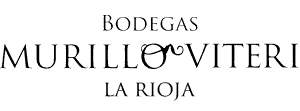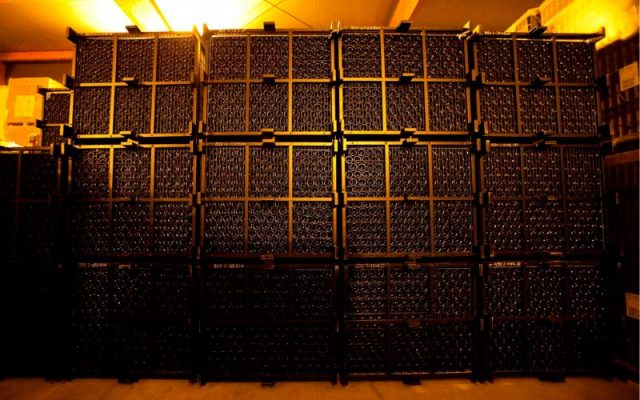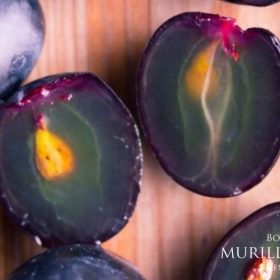The Harvest
The process of making red wine begins with the grape harvest, which is the harvesting of the grapes. The wine is born in the vineyard, with good work in the field, rigorous controls on the vines and analysis of the vine. The main quality criterion for making a good Rioja red wine is the quality of the grapes (as the old people used to say “from good wickerwork, good baskets”). At Bodegas Murillo Viteri we only use grapes from our family vineyards, as well as from trusted suppliers. All the grapes are harvested by hand to ensure the best quality of the fruit.
Destemming and reception of the grapes
Once the best bunches have been selected, the grapes arrive at the winery and the destemming process begins. This is the action of separating the grapes from the stems (the woody part of the bunch). To do this, a very rudimentary machine called a “despalilladora” is used. Its function is to separate the grapes from the stalk, as well as any leaves that may enter the hopper, branches or any other element that may be transported in the manual harvest (sometimes we have even removed stone pebbles from the destemmer).
Maceration and fermentation
Once the grapes have been destemmed, we fill the tanks with them and macerate them for several days at a controlled temperature. In the case of red wines, it is essential that the must is macerating in contact with the grape skins, as this is what will give the final colour to the wine (do you know about anthocyanins and tannins? Well, it is nothing more than this!).
Through the alcoholic fermentation (also known as tumultuous) the sugar will be converted into ethyl alcohol, thanks to the work of the yeasts. Did you know that the grapes themselves, when they come from the field, bring their own fermentation “kit”? No, we don’t add it ourselves. Mother Nature does it. This process takes about 10-15 days. During the fermentation process it is important to pump over the grapes. Pumping over is the action of extracting the must from the lower part of the tanks to reintroduce it from the top and filter it through the skins in order to extract the colouring matter from the grape skins.
Draining and pressing
The next step in the production of red wine is devatting, which is the action of extracting the new-born wine from the tank. To extract the clean wine (and leave the skins inside) we use a very old system that consists of filtering it through a sheaf of vine shoots. The action of making this sheaf of vine shoots that serves as a filter in the devatting is called “entarugar”.
The solid part (the skins) that remains in the tank is introduced into the press. They are gently pressed (being careful not to break the pips!). We obtain more wine and also extract the yeast necessary for the last step of the winemaking process, which is the malolactic fermentation.
Malolactic fermentation
After alcoholic fermentation and pressing, the wine begins a second fermentation, called malolactic fermentation. Also known as secondary fermentation, it is the transformation of the malic acid coming from the grape (it is that astringent acid that we can find in a green apple) into lactic acid (a soft and pleasant acid that we can find in milk).
We already have young wine. What do we do, do we bottle it as a young wine or do we age it to obtain Crianza and Quality reserve?
In future blog posts we will talk about the ageing and bottling of our wines.
After that, the only thing left to do is to enjoy all the aromas of the best Rioja wines. Cheers!











 Deutsch
Deutsch Français
Français Italiano
Italiano Nederlandse
Nederlandse